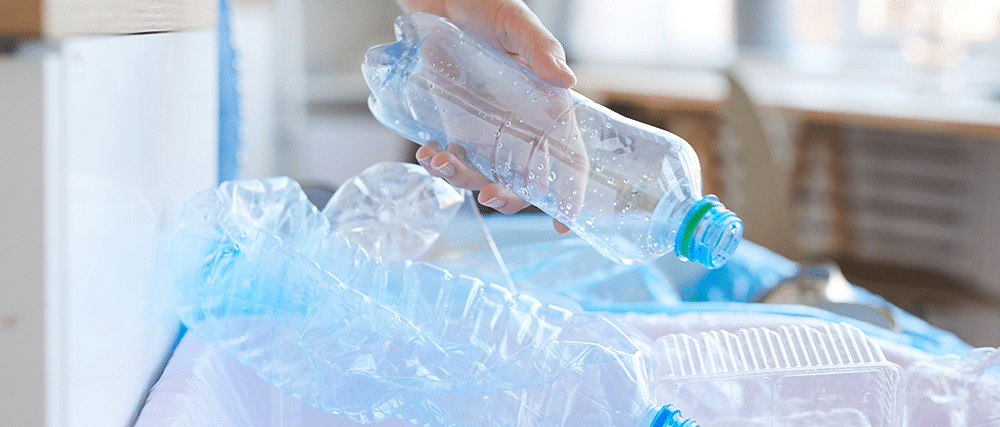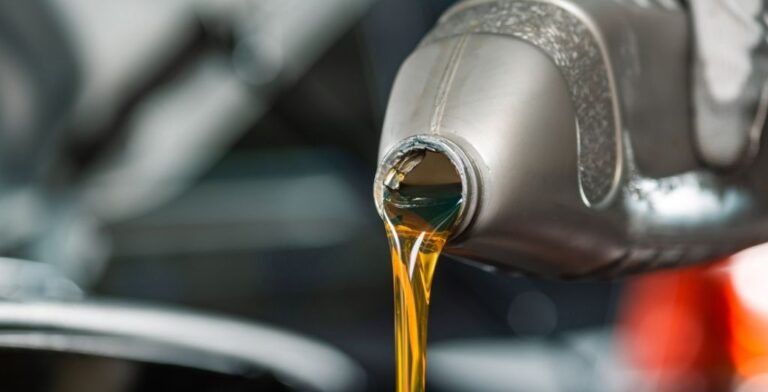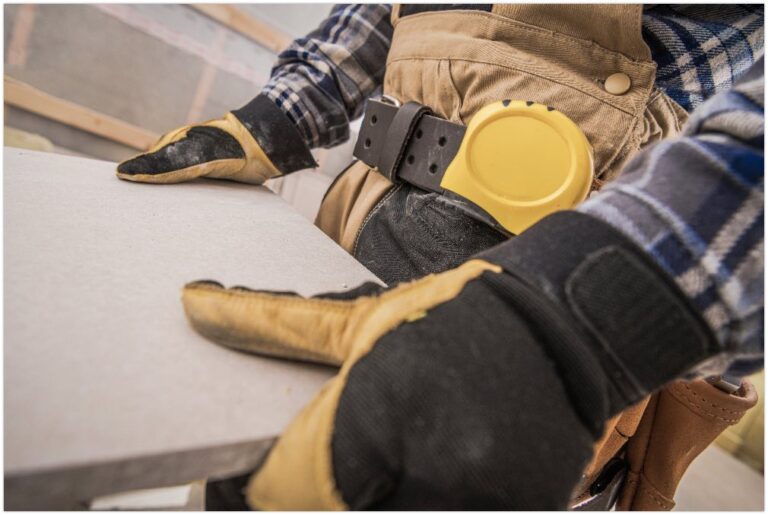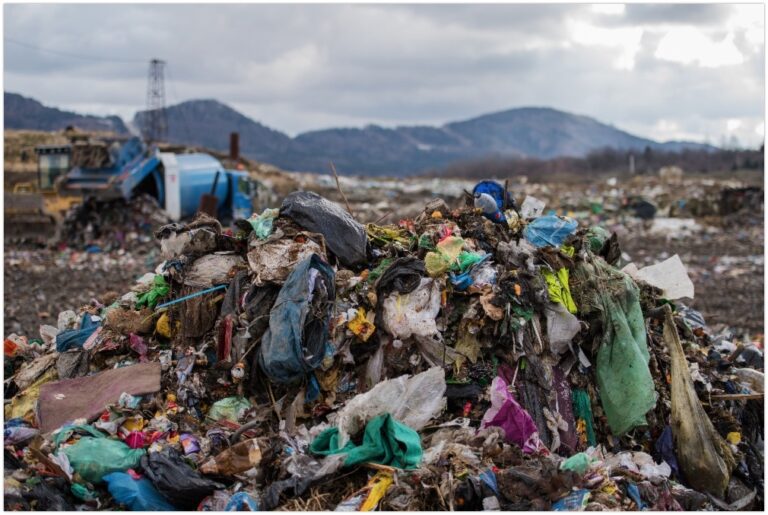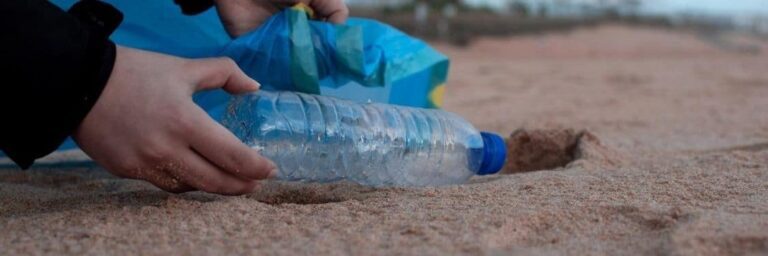It’s no wonder that we are living in a thirsty country. In 2019-20, Aussies consumed about 13,874 gigalitres (GL) of drinking water, a 25% leap from 11,120 GL in the previous year.
The increased drinking water consumption implies a relevant rise in bottled water generation. If we think about it, the more people drink from PET bottles, the more we generate plastic waste that pollutes our environment and natural resources.
We have brought together the latest facts and figures about Australia’s bottled water waste in 2022 to quantify the rising impact of plastic waste on the Australian environment and the Earth.
The Cost of Plastic Bottle Waste
As of 2020, Australians hit a record-high by spending more than $740 million on bottled drinking water in a year. The study indicated that Aussies spent more on single-use purchases, mainly bottled drinking water, than takeaway coffee, food, and beverages.
On average, a single plastic bottle costs about $3.50, which seems an excellent price for many people. But if you consider the price of clean and potable tap water, you’re spending 2000 times more on bottled water, which has a greater impact on the environment than drinking from the tap.
Universities, suburbs, and not-for-profits have initiated programs to curb water bottle consumption. But despite such efforts, annual bottled water sales consistently skyrocketed, reaching an estimated 867 million litres or 578 million 1.5-litre bottles in 2020.
Plastic Waste Bottling Up Landfills
A study from the Choose Tap education initiative found that more than 375 million plastic drinking bottles fill up Australia’s waterways and landfills annually. The growing plastic bottle waste largely contributes to the increasing landfill problem and deteriorating marine life.
Moreover, scientists and environmental researchers estimate that microplastics and plastic bottles will outnumber the fish in our oceans by 2050.
Australia’s marine biodiversity is more vulnerable than its landscapes. Improper urban and suburban waste disposal may keep the streets clean, but it will inevitably pollute the oceans from underground runoff, rivers, and flooding.
Many environmental initiatives promote annual campaigns such as the Buy Nothing New Month to ditch the bottle and return to reusables.
Clean-up Australia Day, another national environmental initiative, recorded that plastic bottles consistently fall within the 10 most common junk items collected. That’s because Australia can only recycle as much as 36% of PET plastic bottles due to limited processing efficiency and recycling bin contamination.
The rest of the rubbish, as many as 373 million plastic bottles, end up in landfills yearly, despite Australia’s kerbside deposit schemes.
In other words, only 1 out of 5 drinking water bottles gets recycled.
Making and Breaking Bottled Water: In Numbers
Disposing and recycling aren’t the only issue with Australia’s bottled water waste problem; so are manufacturing and transportation. Most drinking water bottles are made of polyethylene terephthalate (PET) derived from crude oil, a hydrocarbon from fossil fuels.
It requires more than 1.5 million barrels of crude oil to meet the demand for bottled water. That’s way beyond the fuel necessary to power about 100,000 Australian households annually. Note that this does not include the carbon footprint and greenhouse gases generated by transportation.
Furthermore, the entire water treatment and bottling consume about 3L of water and 1L of oil to produce 1L of bottled water. That means for every litre of water you purchase, two litres of valuable water is lost in bottling.
Transportation of raw materials and distribution of bottled water to supermarkets account for 39% of the carbon footprint of a single water bottle, according to the Beverage Industry Roundtable.
Since a 1.5-litre water bottle produces about 163 grams of CO2, transportation accounts for roughly 63.57 grams of CO2 for every drinking water bottle. The rest of the footprints include the following:
- PET Bottles (37%)
- Corrugated Tray/Packaging (11%)
- Production & Manufacturing Energy Use (5%)
Notice how transportation generates more carbon footprint than the actual bottle. If you compare this to drinking clean tap water, you’re scratching off a massive portion of this footprint.
A plastic bottle may sit on shelves for weeks until it’s used for a few minutes, then discarded. Throwing it in the nearest bin begins its centuries-long decomposition process, which continuously affects the environment.
PET bottles take more than 450 years (or 4.5 centuries) to break down into microplastics. Compare that with our annual bottled water consumption, and we’re generating more than 60,000 tonnes of emissions for a very long time.
Other studies also suggest that PET bottles take more than 1000 years to break down and can produce harmful fumes and greenhouse gases when incinerated. That’s why in foreign countries such as the U.S., up to 80% of non-recyclable single-use water bottles are landfilled.
Underwater Bottles Statistics
At this point, we’ve already established that Australia is a thirsty country, and Aussies spend the most on bottled water. We’ve also discussed that only 36% of PET bottles get recycled.
Where does the rest go?
The landfills, our soil, and our waters.
WWF’s Plastic Revolution to Reality reported that 53% of PET and other plastic water bottles end up in landfills, while the remaining 11-12% find their way underground and into Australia’s marine ecosystem.
The same research revealed that more than 130,000 tonnes of plastic leak into Australia’s oceans annually. That’s equivalent to more than 600 million drinking water bottles!
Besides, plastics don’t decompose the way organic materials do. They only break down into microscopic pieces called microplastics that get into marine animals and eventually on our plates.
Drinking water bottles are seen as miracle products at their conception. But the tragedy of the commons takes its toll as the impact of plastic pollution on Australia’s ecosystem is now visible.
Final Thoughts: Act Fast, Act Now!
Government regulations and local plastic bans can only go so far without our participation. Reducing our bottled water purchase and shifting to reusables are small yet meaningful actions in curbing PET bottles from landfills.
The plastic bottle industry is thriving because of market demand. But if more Aussies think alike and switch to reusable flasks and tumblers, we can dent the bottled water demand curve and make a lasting impact that can benefit our ecosystem and the next generation.
At Paul’s Rubbish Removal Sydney, we take an active role in keeping as much junk from landfills as possible, all while providing a smooth, reliable, and cost-friendly same-day rubbish removal service at your disposal.
Call us at 0407 125 125 and we’ll respond with a free quote on your residential & commercial rubbish removal, wherever you are in Sydney.
